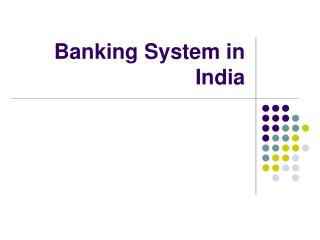

Later that month, the government signed a letter of intent with Thailand to formally launch the same QAB talks. Philippine authorities concluded bilateral negotiations with Malaysia’s central bank, Bank Negara Malaysia, in April 2017, establishing QAB guidelines for the first time. There are also three offshore banking units.ĪSEAN Economic Community (AEC) integration should see foreign participation increase in the coming years, with the ITA reporting that under the AEC Blueprint, the Philippines is advancing regional financial service integration, including legislation to allow the entry of qualified ASEAN banks (QAB) under the ASEAN Banking Integration Framework (see regional analysis). In total, 25 banks are foreign controlled, including 20 foreign branch banks and five majority-foreign-owned, locally incorporated subsidiaries. Four banks had also been given the green light to establish representative offices, with two of these having already opened. According to the BSP, as of end-2017, 12 foreign banks had been given approval to enter the market since the legislation was passed – nine of which were in operation – and five others had shown interest in following suit. Foreign Participationįormer President Benigno Aquino III moved to liberalise the Philippine banking sector in July 2014, signing an act enabling foreign banks to open more branches and control up to 100% of new or existing voting stock of locally incorporated banks. According to global ratings agency Moody’s, the nine listed banks it rates accounted for 75% of total banking system assets as of June 2017. The BSP reported that the five banks with the largest assets as of December 2017 were BDO Unibank, at P2.53trn ($50bn), Metropolitan Bank and Trust Company, at P1.71trn ($33.8bn), Bank of the Philippine Islands, at P1.64trn ($32.4bn), Land Bank of the Philippines, at P1.62trn ($32bn), and the Philippine National Bank, at P779.8bn ($15.4bn). Banks are the most important segment of the financial services sector and the primary source of credit for the domestic economy, with the sector’s gross value added standing at 8.6% of GDP in the first half of 2017. A further 26 commercial banks and four thrift banks are licensed to engage in derivatives activities.Īccording to data from the central bank, Bangko Sentral ng Pilipinas (BSP), the combined assets of the country’s banks accounted for 81.4% of total financial system assets as of the first half of 2017. The US International Trade Administration (ITA) reported that 21 commercial banks operate under expanded commercial banking licences, which allows them to act as investment houses for a range of services such as underwriting securities and to invest in non-allied undertakings. Commercial banks dominate the sector, accounting for more than 90% of total sector assets. The banking sector comprises 43 commercial or universal banks 57 thrift banks, including savings and mortgage banks, private development banks, stock savings and loan associations, and microfinance institutions and 495 rural and cooperative banks. Medium- to long-term growth and financial inclusion will be supported by increased deployment of financial technology (fintech), while the establishment of a government-led national credit ratings agency should support long-term consumer credit growth. Ongoing reforms are expected to address credit concentration in the corporate sector, with the high-yield retail lending segment holding significant potential to boost banks’ lacklustre profitability. Furthermore, global rating agencies have projected stable, sustainable expansion, although, the sector’s outsized corporate loan portfolio leaves commercial banks – particularly creditors of large conglomerates – exposed to concentration risks. The country’s banking sector is highly liquid and well provisioned, and it benefits from robust macroeconomic growth, even as excess liquidity and credit concentration in certain sectors have become a concern.Īll signs point to continued expansion in 2018, with non-performing loans (NPLs) declining in recent times as credit growth has gained momentum. The sector has simultaneously recorded notable improvements across major stability indicators. The banking sector in the Philippines is expanding rapidly, hitting double-digit credit growth in four of the five years from 2013 to 2017.


 0 kommentar(er)
0 kommentar(er)
